Weekly Dose of Optimism #158
Astro Mechanica, Convoke, Bloom Patterns, Electrochemical Nuclear, Mark Bertolini and Joe Liemandt
Hi friends 👋 ,
Happy Friday and welcome back to our 158th Weekly Dose of Optimism. It’s the second-to-last week of August, a time when people are supposed to be relaxing, and yet…
Full week over here at the Dose. We have a little supersonic travel, a little AI for biopharma, a little origami, a little fusion, and a lot of Colossus
Quick programming note: as next week is the last week of summer, we will… be right back in your inbox with the Dose. The good guys just won’t quit.
Let’s get to it.
Today's Weekly Dose is brought to you by... Bland
AI is calling. Ring ring. Hello? It's Bland, the literal voice behind Fortune 500s.
Heard of Bland yet? It’s the world’s most powerful AI phone-calling agent. Chances are, you’ve already spoken to it without even noticing.
Enterprises are using it to handle millions of calls, texts, and webchat interactions 24/7 – all while perfectly representing their brand. From a single dashboard you can:
Build agents with any voice and personality, for any possible use case. Just define guardrails to control its behavior and plug in any of your external tools. Done.
Deploy your brand’s AI across every department from sales to operations to support with a single click. It will dynamically respond to any caller’s language, self-improve, and scale infinitely.
Track performance of campaigns, extract data, and watch it score a higher CSAT than human reps* – all while slashing costs.
Pretty wild, huh? Here, give it a call yourself.
Or Not Boring readers can get exclusive access to an even more advanced version here.
(1)United Airlines Ventures invests in aerospace startup Astro Mechanica
From Reuters
United Airlines' venture capital arm said on Wednesday it has invested in aerospace startup Astro Mechanica, which develops airframe designs and propulsion systems for supersonic aircraft, signaling renewed industry interest in ultra-fast jets
Boom!
There’s not an industry that I, as a consumer, am more excited for than supersonic air travel.
The general idea that we can fly basically anywhere in the world within 24 hours is amazing. It’s hard to complain about flying, because the fact we can even do it at all is bonkers. But the actual execution of the flying experience today? Awful. Long, slow flights, crowded planes, and expensive for what you’re getting.
Astro Mechanica, a startup we profiled in April 2024 and later invested in, is trying to change that by making supersonic economically viable. The company’s engine uses a hybrid-electric architecture that adapts to flight conditions: acting like a turbofan at takeoff, a turbojet just below supersonic, and a ramjet above Mach 3. The engine’s adaptability makes supersonic air travel much more fuel efficient, and thereby cost efficient. The result is faster flights at lower costs.
Astro Mechanica has a few barriers to overcome before it can boom passengers across the world though. First, it needs to launch some supersonic private planes. Then, it needs commercial carriers to adopt the aircraft and engine which is why this venture investment from United is such a strong signal. United wants ultra-fast jets and they think Astro Mechanica can deliver them. Third, the FAA currently bans supersonic air transport over land (which is partially why previous Supersonic airlines mostly did transatlantic flights). The Trump Administration is pushing to change this regulation, directing the FAA to repeal the supersonic speed limit as long as aircraft do not produce an audible sonic boom on the ground.
(2) Convoke Raises $8.6M to Build the AI Operating System for Biopharma
From Convoke
Today, software startup founders don't have to spin up their own server cluster, build payment processing from scratch, write their own authentication system, manage physical databases, or spend months setting up deployment infrastructure. Cloud platforms, APIs, and open-source tools have abstracted away these complexities that once required massive capital and specialized expertise. Our hope is that we can do the same for drug development knowledge work.
Convoke raised $8.6M from Kleiner Perkins, Dimension, and the good (and extremely handsome folks) over at Not Boring Capital to speed up the path between drug discovery and patients.
Drug discovery is getting faster thanks to AI breakthroughs like AlphaFold, but drug development (the stage between a promising idea and an approved therapy) is still painfully slow. Clinical trials, regulatory filings, and endless documentation make the process costly and complex, often taking years and billions of dollars. Unlike software startups, which can build quickly on existing infrastructure, biotech startups get dramatically bogged down in manual paperwork. Convoke uses AI to automate and streamline the development pipeline.
Building software today is much easier than it was in 2000. We have infrastructure tools like AWS (Cloud), Stripe (APIs), and Cursor (Coding Agents). This infrastructure allows software engineers to focus on building great software, rather than base-level buildouts and repetitive tasks. Drug development needs that same level of infrastructure buildout. Convoke uses AI agents to draft regulatory submissions, review scientific literature, and execute workflows that would normally take teams months. By offloading this repetitive, expert-heavy work, Convoke lets biotech companies move faster, prioritize experiments more efficiently, and reduce costs.
If AI drug development speeds up discovery, that creates an even bigger bottleneck on everything else. Convoke aims to unblock it.
Let’s go cure all diseases, what do ya say?!
(3) Bloom patterns: radially expansive, developable and flat-foldable origami
Wang et al in The Royal Society Publishing
This paper introduces bloom patterns as a family of radially expansive, flat-foldable, and developable origami patterns, many of which are rotationally symmetric.
A BYU undergrad named Kelvin Wang, discovered a new class of origami folds called bloom patterns. Bloom patterns expand radially like flowers, fold completely flat, and can scale to larger sizes. This combination of rotational symmetry, expandability, and flat-foldability hasn’t existed together in any previous origami family, making it a breakthrough in both design and engineering. The patterns are built from wedge-shaped segments arranged around a central polygon, creating structures that can stow compactly and deploy elegantly. Wang, alongside mechanical engineer Larry Howell and origami legend Robert Lang, formalized the mathematical framework that proves bloom patterns represent an infinite new design space.
Which is very cool! And beautiful! And would deserve a place in the Dose for the beauty alone!
But Wang et al didn’t just invent a new class of pretty paper folding. Bloom patterns solve a real engineering problem: how to fit big, complex structures into small spaces and then deploy them reliably. Think antennas, solar panels, telescopes, and emergency shelters. All sorts of things that need to be compact and then expand for use.
Pretty amazing that this was all developed by an undergrad at BYU…goes to show you what a college student can accomplish without the temptation of alcohol and premarital sex.
(4) Electrochemical loading enhances deuterium fusion rates in a metal target
Chen et al in Nature
We showed that the in situ electrochemical loading of deuterium into the palladium target resulted in a 15(2)% increase in deuterium–deuterium fusion rates. This experiment shows how the electrochemical loading of a metal target at the electronvolt energy scale can affect nuclear reactions at the megaelectronvolt energy scale.
I know, I know—we already have fusion power. It’s called the Sun. But there’s a big difference between capturing the Sun’s energy and actually recreating it here on Earth. This week, we made some progress on that front.
Researchers reported a small but meaningful step with the Thunderbird Reactor, a benchtop device that bombards palladium with deuterium ions to trigger nuclear fusion. By also electrochemically loading the palladium with extra deuterium from heavy water, they boosted fusion rates by about 15%, as measured by neutron output. That’s the first hard evidence that low-energy chemistry can influence high-energy nuclear reactions. The device produces a vanishingly small amount of power, in this case Q is nowhere near greater than 1, but the point isn’t net energy yet. What the research does show is that using materials science and electrochemistry can squeeze more fuel density into the lattice and nudge fusion rates higher.
Is this a major breakthrough? Not exactly, but the road towards sustainable, reliable Q>1 nuclear fusion will be paved with many such incremental learnings.
(5) The CEO Who Cheated Death, Slept an Hour a Night, and Built a Healthcare Empire
From Invest Like the Best
This was one of the wilder Invest Like the Best episodes in recent memory.
Mark Bertolini is the current CEO of Oscar Health, former CEO of Aetna (leading its sale to CVS), and former CEO of Bridgewater, known for blending empathy-driven leadership with bold healthcare reform. Bertolini’s story is incredible and I won’t try to capture it all here (you should watch/listen), but some quick hitters:
College dropout and factory worker turned CEO of a $60B in revenue and 50,000 employee healthcare giant in Aetna.
Saved his son’s life from a rare cancer by fighting the healthcare system and getting him access to an experimental stem-cell transplant.
A near fatal accident left him with a broken neck and 18 years of constant level 7-10 pain and 1 hour of nightly sleep, during which he was one of the most successful CEOs in the world. The pain drove him to almost committing assisted suicide before finding relief in alternative medicines.
Bertolini is a beast. No two ways about it. He’s an enigma. A blue collar yogi. A healthcare exec whose own health is largely due to alternative medicine. A ~billionaire capitalist, most known for putting people before profits. They don’t mak ‘em like Bertolini too often.
Packy note: I second everything Dan said. I got real, actual chills listening to this episode. Chiming in here because at one point in the conversation, Bertolini mentions that he has “Soham” tattooed across the back of his neck: “I am that and everything is me.”
In Means and Meaning, I wrote: “My working model for the meaning of life is based on the Perennial Philosophy, that we’re all a piece of a universal consciousness, the One knowing itself.” Hearing someone like Bertolini describe it as clearly as I’ve heard was lovely:
The ultimate being, Samadhi, you're one with everything. You move back to the one, you find the creator. And it's built on a model of that. In the beginning, the creator existed and only it existed. And upon realizing that there was no awareness of it unless there were others, it unfolded upon itself to create the world or the worlds how many there are. So that those people, through a fog could find their way back to the creator and learn the lessons of being the one.
That we're all just one thing, we're all the same. And so my mantra, which is across the back of my neck is soham. In Sanskrit it means I am that and everything is me. It's all just one. And if you can keep that in mind, when you're with others, you and I are one. And so it's this model of thinking differently about your place in the world and what you do.
Bonus: Class Dismissed
Jeremy Stern for Colossus
Packy here. It’s a good thing that we are all one because if someone who was not me was putting out the quality of content that Colossus did this week, I’d be pretty jealous!
Over the past year or so, I’ve gotten very into profiles. Frank Sinatra Has a Cold by Guy Talese. David Lynch Keeps His Head by David Foster Wallace. Roger Federer as a Religious Experience also by David Foster Wallace. The Moods of Ernest Hemingway by Lillian Ross. Tomorrow’s Advance Man by Tad Friend. The Tinkerings of Robert Noyce by Tom Wolfe. The Chudnovsky Brothers and the Mountains of Pi by Richard Preston.
I will stop. Hit me up once you’ve finished those. My point is, I have read a ton of profiles and most of them were written a while ago and I’ve been wondering where the great modern longform profilers are and the answer is Jeremy Stern.
Palmer Luckey, American Vulcan is the best piece on a very well-covered person. The Visions of Neil Mehta does justice to being the first on a deeply undercovered person. And Class Dismissed, on Trilogy founder and decabillionaire turned Alpha School founder and educator Joe Liemandt might be his best yet.
It is long. 74 minutes if you read at average pace. The length is perfect. All of the great old-school profiles are long and earn their length, somehow leave you wanting more. This does the same.
I won’t spoil it. Well, just a bit: it’s about the history of one of America’s greatest underappreciated technology entrepreneurs, and the future of education with technology.
I love this stuff: I’ve written about and invested in Primer; they’re giving thousands of kids a much better education than they would have gotten otherwise, and the experience keeps improving. Alpha School looks like another incredibly promising approach. The kids, as they say, are our future, and I’m just happy to see great long-form profiles on people using their money, energy, and technology to help kids thrive.
Have a great weekend y’all.
Thanks to Bland for sponsoring. Go get your company a voice to welcome Bland to the Dose!
We’ll be back in your inbox next Tuesday (hopefully).
Thanks for reading,
Packy + Dan

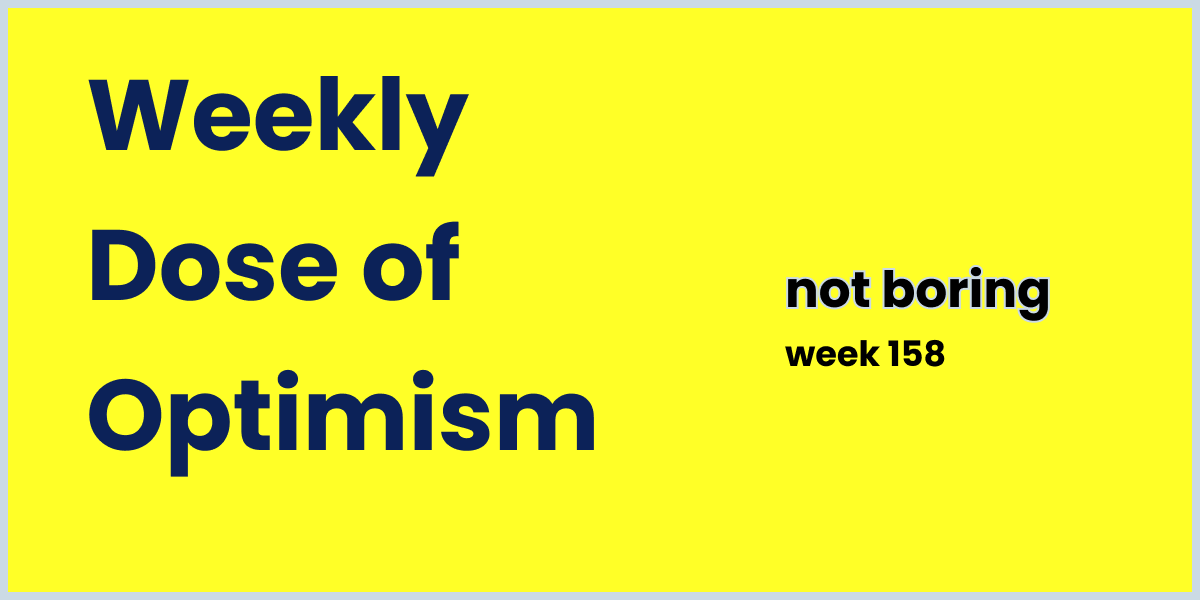

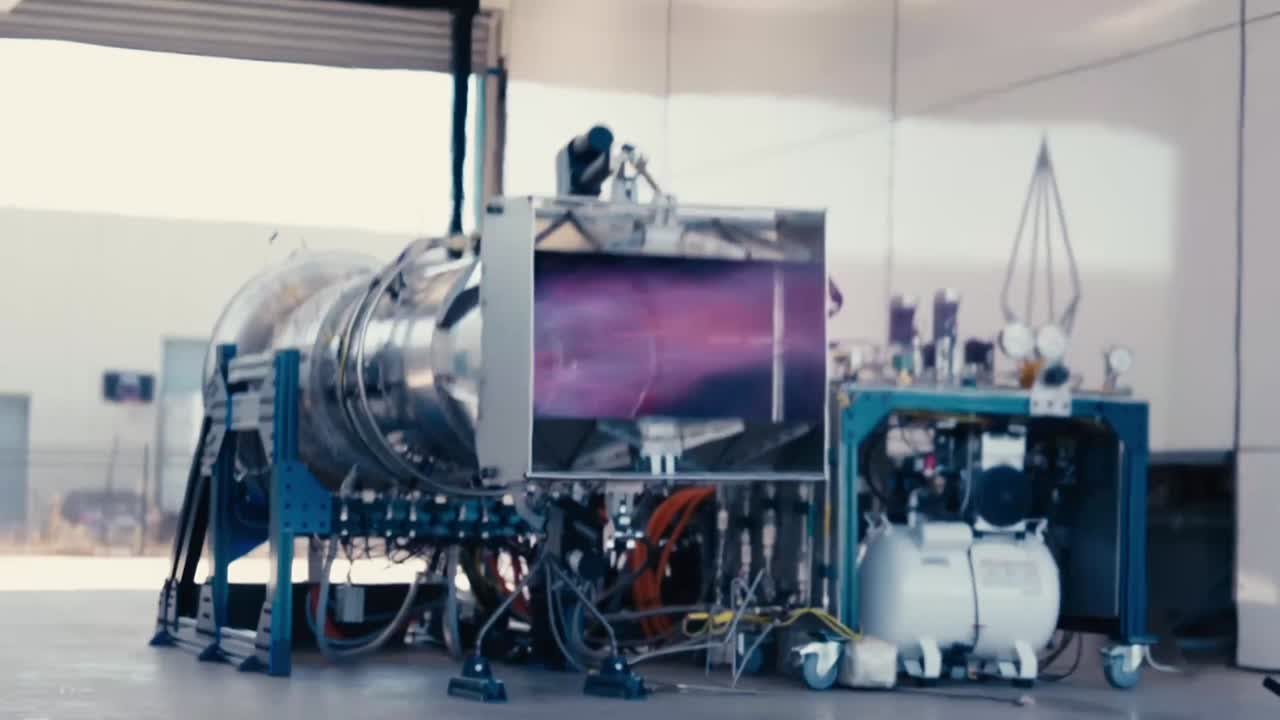
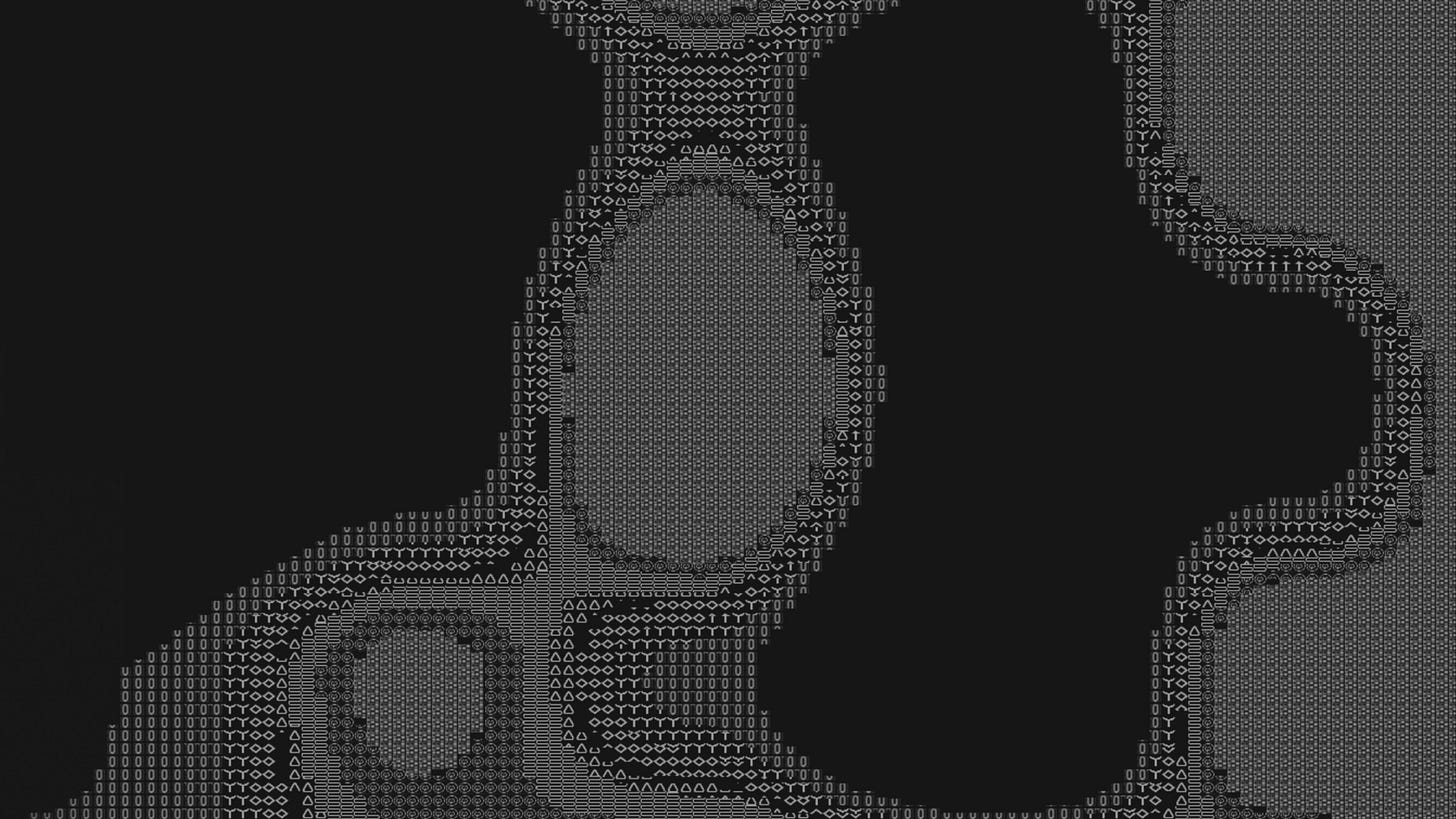
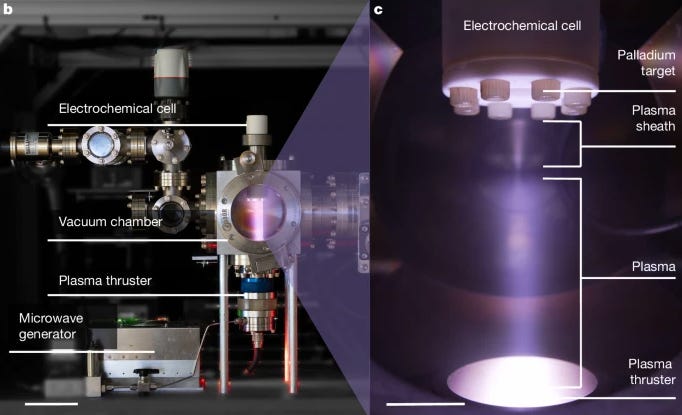
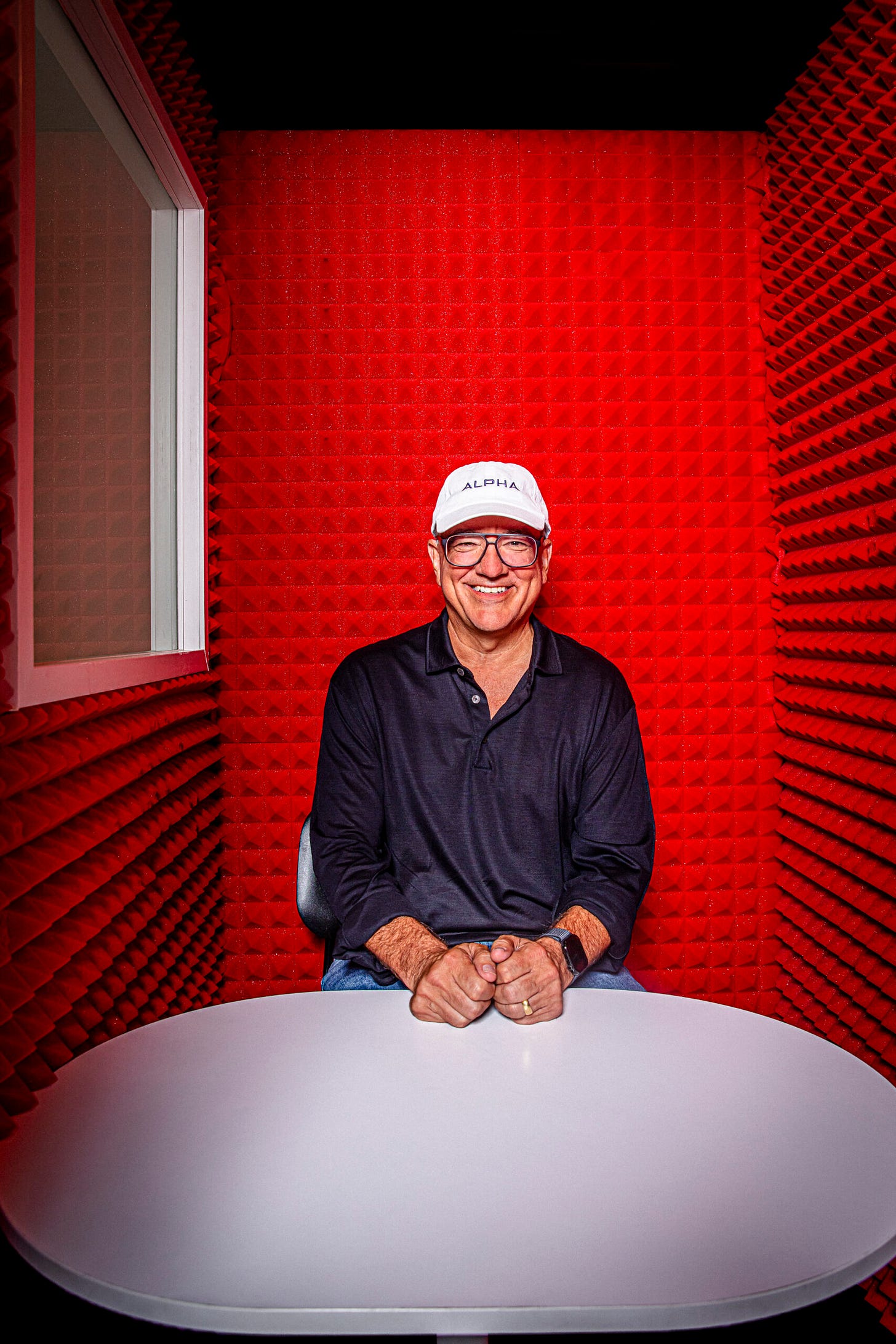
For an unconventional series of nonfiction and fictionalized portraits, a reader might look to Truman Capote’s “Music for Chameleons” (1980).
Frank Sinatra Has a Cold is one of my favorites. And great to see the Convoke news! Much needed.